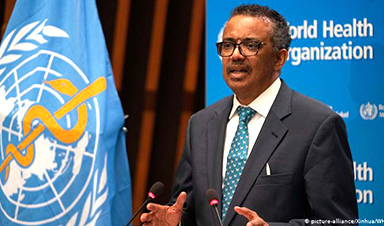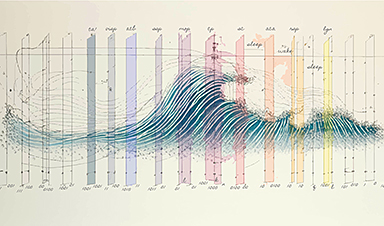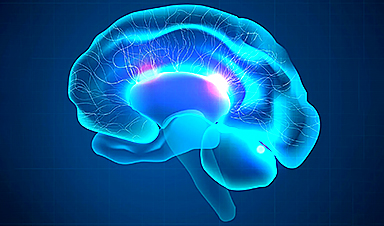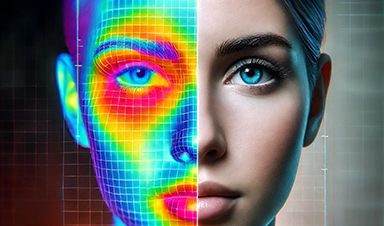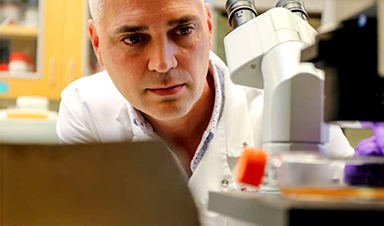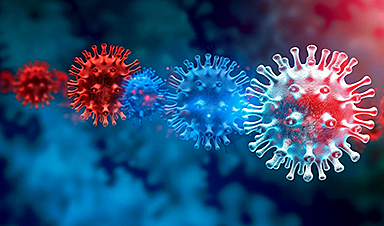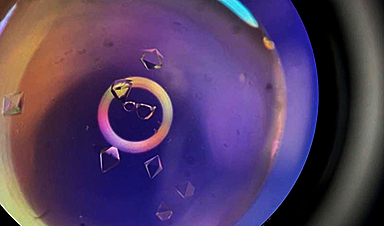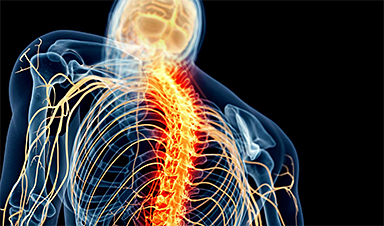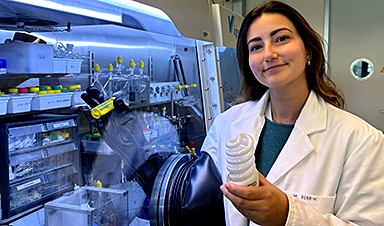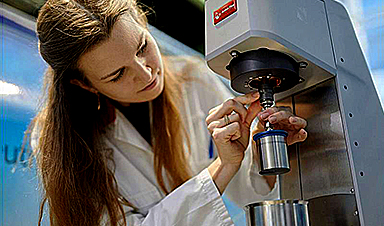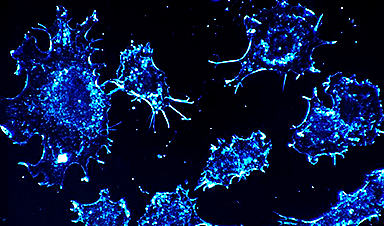Earlier this month, the World Health Organisation (WHO) acknowledged that the Coronavirus can also be airborne. After denying for more than a year, the WHO finally updated the mode of Covid-19 transmission and said that the disease can be an airborne threat. It said, “the virus can also spread in poorly ventilated and/or crowded indoor settings, where people tend to spend longer periods of time. This is because aerosols remain suspended in the air or travel farther than 1 metre (long-range)”. For almost a year now, scientists all over the world have known that the SARS-CoV-2 can be airborne for a short distance for some time, but the WHO had refused to acknowledge that.
It may be noted that Centers for Disease Control and Prevention (CDC) of the USA had also admitted earlier this month that the Covid-19 virus can be airborne, after denying the same for a year.
On March 28 2020, the WHO, the global health watchdog, took to social media to put out a post, “FACT: #COVID19 is NOT airborne”. In its post, the WHO claimed that the coronavirus is mainly transmitted through droplets generated when an infected person coughs, sneezes, or speaks. For the scientists of WHO, Covid-19 was not airborne, and one could not contract the disease if they followed necessary protocols.
Linsey Marr, an aerosol scientist at Virginia Tech and an infectious disease expert, had her doubts regarding WHO’s so-called fact-check. For Marr, who had analyzed the initial results of the Covid-19 outbreak in China, it looked like the virus may stay in the air for longer, infecting anyone who breathed in enough of it. For people indoors, that posed a considerable risk. Soon, Marr joined with 35 other aerosol scientists to try and warn the WHO it was making a big mistake.
According to a detailed report by website – The Wired, for the next few days, the scientists analyzed the list of superspreading events in restaurants, call centres, cruise ships, and a choir rehearsal, instances where people got infected to Covid-19 even when they were far away from a contagious person. The incidents contradicted the WHO’s main safety guidelines, i.e., keeping 3 to 6 feet of distance between people and frequent handwashing.
If SARS-CoV-2 travelled only in large droplets that immediately fell to the ground, as claimed by the WHO, then how would people far away from each other caught the infection, the scientists pondered. They argued that the infectious air was the reason for the infection. However, the WHO’s experts were in no mood to listen to these scientists. To declare Covid-19 could well be airborne, the scientists wanted more direct evidence, which could take months to gather. Meanwhile, thousands of people were falling ill every day as the virus was abundant in the air.
Lidia Morawska, a revered atmospheric physicist, also tried to explain how far infectious particles of different sizes can travel. Shockingly, WHO experts abruptly cut her off, arguing that she was wrong.
News
The Silent Battle Within: How Your Organs Choose Between Mom and Dad’s Genes
Research reveals that selective expression of maternal or paternal X chromosomes varies by organ, driven by cellular competition. A new study published today (July 26) in Nature Genetics by the Lymphoid Development Group at the MRC [...]
Study identifies genes increasing risk of severe COVID-19
Whether or not a person becomes seriously ill with COVID-19 depends, among other things, on genetic factors. With this in mind, researchers from the University Hospital Bonn (UKB) and the University of Bonn, in [...]
Small regions of the brain can take micro-naps while the rest of the brain is awake and vice versa
Sleep and wake: They're totally distinct states of being that define the boundaries of our daily lives. For years, scientists have measured the difference between these instinctual brain processes by observing brain waves, with [...]
Redefining Consciousness: Small Regions of the Brain Can Take Micro-Naps While the Rest of the Brain Is Awake
The study broadly reveals how fast brain waves, previously overlooked, establish fundamental patterns of sleep and wakefulness. Scientists have developed a new method to analyze sleep and wake states by detecting ultra-fast neuronal activity [...]
AI Reveals Health Secrets Through Facial Temperature Mapping
Researchers have found that different facial temperatures correlate with chronic illnesses like diabetes and high blood pressure, and these can be detected using AI with thermal cameras. They highlight the potential of this technology [...]
Breakthrough in aging research: Blocking IL-11 extends lifespan and improves health in mice
In a recent study published in the journal Nature, a team of researchers used murine models and various pharmacological and genetic approaches to examine whether pro-inflammatory signaling involving interleukin (IL)-11, which activates signaling molecules such [...]
Promise for a universal influenza vaccine: Scientists validate theory using 1918 flu virus
New research led by Oregon Health & Science University reveals a promising approach to developing a universal influenza vaccine—a so-called "one and done" vaccine that confers lifetime immunity against an evolving virus. The study, [...]
New Projects Aim To Pioneer the Future of Neuroscience
One study will investigate the alterations in brain activity at the cellular level caused by psilocybin, the psychoactive substance found in “magic mushrooms.” How do neurons respond to the effects of magic mushrooms? What [...]
Decoding the Decline: Scientific Insights Into Long COVID’s Retreat
Research indicates a significant reduction in long COVID risk, largely due to vaccination and the virus’s evolution. The study analyzes data from over 441,000 veterans, showing lower rates of long COVID among vaccinated individuals compared [...]
Silicon Transformed: A Breakthrough in Laser Nanofabrication
A new method enables precise nanofabrication inside silicon using spatial light modulation and laser pulses, creating advanced nanostructures for potential use in electronics and photonics. Silicon, the cornerstone of modern electronics, photovoltaics, and photonics, [...]
Caught in the actinium: New research could help design better cancer treatments
The element actinium was first discovered at the turn of the 20th century, but even now, nearly 125 years later, researchers still don't have a good grasp on the metal's chemistry. That's because actinium [...]
Innovative Light-Controlled Drugs Could Revolutionize Neuropathic Pain Treatment
A team of researchers from the Institute for Bioengineering of Catalonia (IBEC) has developed light-activated derivatives of the anti-epileptic drug carbamazepine to treat neuropathic pain. Light can be harnessed to target drugs to specific [...]
Green Gold: Turning E-Waste Into a Treasure Trove of Rare Earth Metals
Scientists are developing a process inspired by nature that efficiently recovers europium from old fluorescent lamps. The approach could lead to the long-awaited recycling of rare earth metals. A small molecule that naturally serves [...]
Cambridge Study: AI Chatbots Have an “Empathy Gap,” and It Could Be Dangerous
A new study suggests a framework for “Child Safe AI” in response to recent incidents showing that many children perceive chatbots as quasi-human and reliable. A study has indicated that AI chatbots often exhibit [...]
Nanoparticle-based delivery system could offer treatment for diabetics with rare insulin allergy
Up to 3% of people with diabetes have an allergic reaction to insulin. A team at Forschungszentrum Jülich has now studied a method that could be used to deliver the active substance into the [...]
Nanorobot kills cancer cells in mice with hidden weapon
Researchers at Karolinska Institutet in Sweden have developed nanorobots that kill cancer cells in mice. The robot's weapon is hidden in a nanostructure and is exposed only in the tumor microenvironment, sparing healthy cells. [...]
